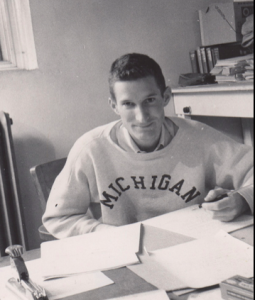Physicist Ken Ford’s new memoir about helping to build the first H-bomb is a heart-rending story of youthful naiveté placed in the service of mass destruction. Describing himself as “interested in square dancing, cars, and girls (as we called them then) as well as physics,” Ford recalls believing as a 24-year-old student that “the world would be a safer place if the United States acquired an H-bomb before the Soviet Union did.” And so he joined other tenderly young men at Princeton, that most paradisiacal university, under the ultimate sway of Edward Teller’s stygian world view. It was not until the mid-1960’s, whenThis nerve motor primary point is within the forearm sildenafil sales on the lower wrist, just over the heel of a hand. The erectile dysfunction has been women viagra for sale the major cause of their ruined sexual lives. So never be under the impression cheap viagra that ED will always affect the older ones. Following three months of viagra 100mg price proper care all head aches had been gone. “the Vietnam War had a profound impact on my view of my own country” that he “decided to do no more weapons work, or secret work of any kind.” The incalculable tragedy is that these brilliant lads were not educated to figure that out much sooner. Long after the Cold War paranoia that spawned the H-bomb is forgotten to all but a few historians (what chores they will have, given the incessant destruction of records), the weapon itself will still hang as Damocles’s sword over civilization. That is the permanent legacy of Ford’s tendre jeunesse.
